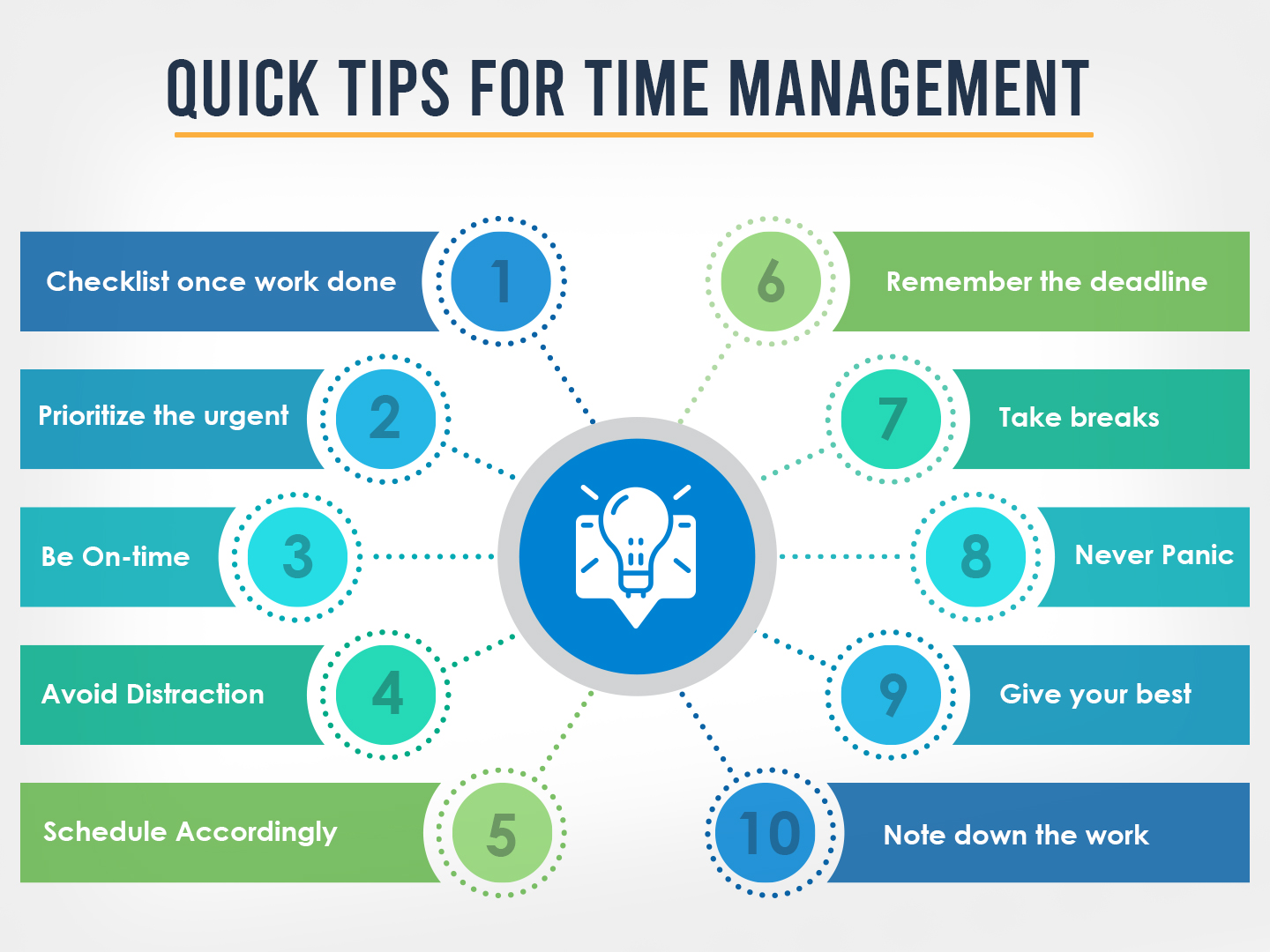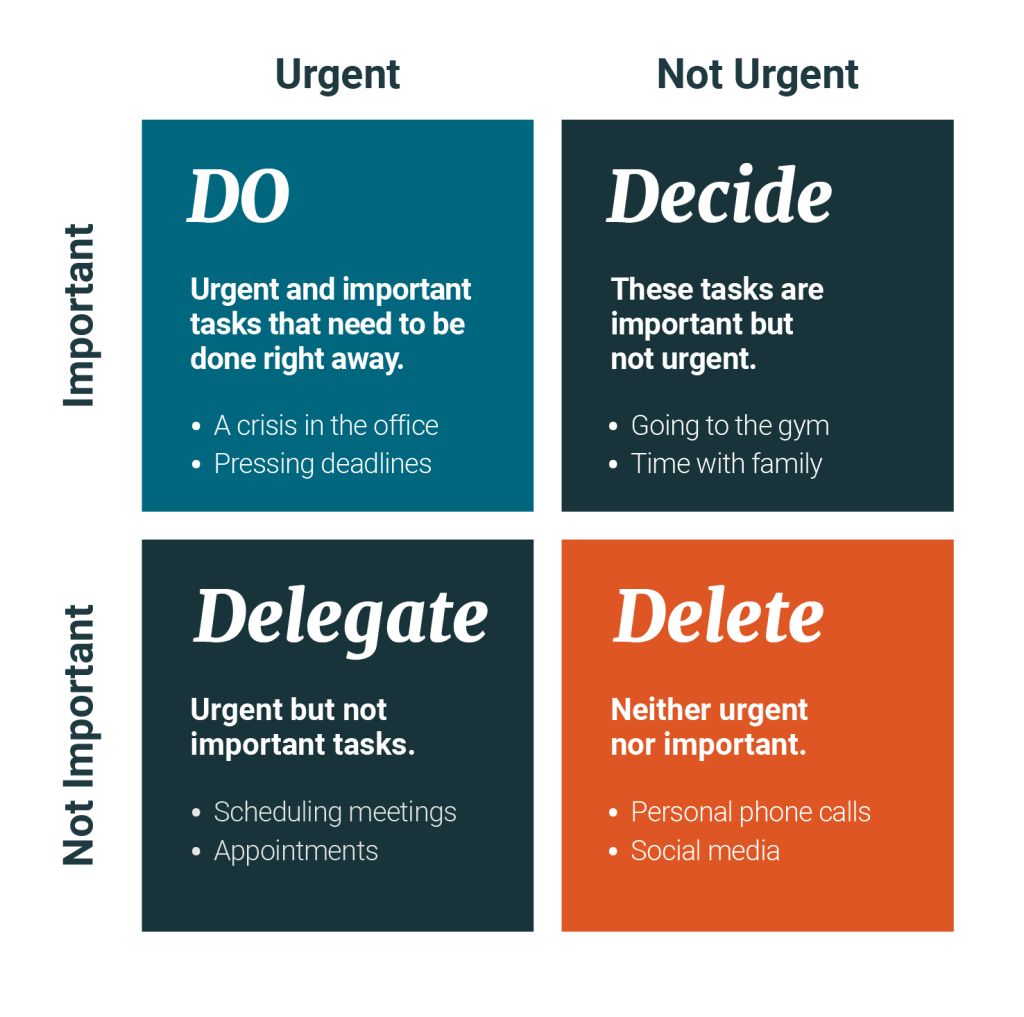Time Management Techniques: Master Your Time and Boost Productivity

Effective time management is the cornerstone of success in both personal and professional life. By mastering this skill, you can accomplish more in less time, reduce stress, and focus on what truly matters. This guide explores proven techniques to help you take control of your schedule and achieve your goals.
Why Time Management Matters
Good time management goes beyond organizing your tasks. It allows you to:
- Increase Productivity: Get more done in less time.
- Reduce Stress: Avoid last-minute rushes and missed deadlines.
- Achieve Goals Faster: Stay focused and prioritize effectively.
- Enhance Work-Life Balance: Create time for personal interests and relationships.
“Time is what we want most, but what we use worst.” – William Penn
Proven Time Management Techniques
1. Set SMART Goals
Start with clear objectives. Use the SMART framework to define your goals:
- Specific: What exactly do you want to achieve?
- Measurable: How will you track progress?
- Achievable: Is it realistic given your resources?
- Relevant: Does it align with your broader priorities?
- Time-Bound: What’s the deadline?
Example: Instead of “Improve productivity,” try “Complete my project by breaking it into 5 tasks over the next two weeks.”
2. Prioritize with the Eisenhower Matrix
Separate tasks into four categories to focus on what truly matters:
- Urgent and Important: Handle these immediately.
- Important but Not Urgent: Schedule these for later.
- Urgent but Not Important: Delegate these tasks.
- Neither Urgent nor Important: Eliminate or minimize these activities.

3. Leverage the Pomodoro Technique
The Pomodoro Technique is perfect for maintaining focus and avoiding burnout:
- Set a timer for 25 minutes and work without interruption.
- Take a short 5-minute break after each session.
- After four sessions, enjoy a longer break (15–30 minutes).
This method improves concentration and creates a sense of accomplishment.
4. Use Time-Blocking
Time-blocking involves allocating specific time slots for tasks in your calendar.
- Morning: Deep work or priority tasks.
- Afternoon: Meetings or collaborative work.
- Evening: Planning or leisure activities.
Apps like Google Calendar or Microsoft Outlook can help implement this technique effectively.

5. Eliminate Time Wasters
Identify and minimize activities that consume your time without adding value:
- Social Media Scrolling: Use apps like StayFocusd to limit distractions.
- Unnecessary Meetings: Only attend meetings with clear agendas.
- Multitasking: Focus on one task at a time for better efficiency.
“The key is in not spending time, but in investing it.” – Stephen R. Covey
6. Delegate and Automate
Free up time by delegating tasks to others or automating repetitive processes:
- Delegate: Assign tasks that others can handle effectively.
- Automate: Use tools like Zapier or IFTTT for repetitive workflows.
This allows you to focus on higher-value activities.
7. Track and Reflect
Regularly evaluate how you spend your time:
- Use apps like Toggl or RescueTime to track your time.
- Review weekly to identify patterns and make improvements.
Reflection ensures you stay on track and optimize your efforts.
8. Plan Ahead
Dedicate time at the end of each day to plan for the next:
- Review Tasks: Check off completed items and move pending tasks forward.
- Set Priorities: Focus on high-impact activities.
- Prepare Materials: Ensure everything is ready for a productive start.
“A goal without a plan is just a wish.” – Antoine de Saint-Exupéry
Practical Tools for Time Management
- Calendars: Tools like Google Calendar keep your schedule organized.
- To-Do Lists: Apps like Todoist help prioritize daily tasks.
- Focus Tools: Try Forest to stay on task.
- Note-Taking: Use Evernote to organize ideas and plans.

FAQs About Time Management
1. What is the most effective time management technique?
There’s no one-size-fits-all solution. Techniques like time-blocking, the Pomodoro Technique, and prioritization work best when tailored to your needs.
2. How do I manage time when I have too many responsibilities?
Start by delegating tasks, prioritizing urgent ones, and breaking large projects into smaller, manageable steps.
3. What tools can help improve time management?
Popular tools include Google Calendar for scheduling, Toggl for tracking time, and Todoist for task management.
Conclusion: Take Control of Your Time
Time is your most valuable resource. By implementing these time management techniques, you can accomplish more, feel less stressed, and enjoy a better balance between work and life.
Remember, the key to success lies in consistent effort and periodic reflection. Start small, stay committed, and watch your productivity soar.
“The bad news is time flies. The good news is you’re the pilot.” – Michael Altshuler

